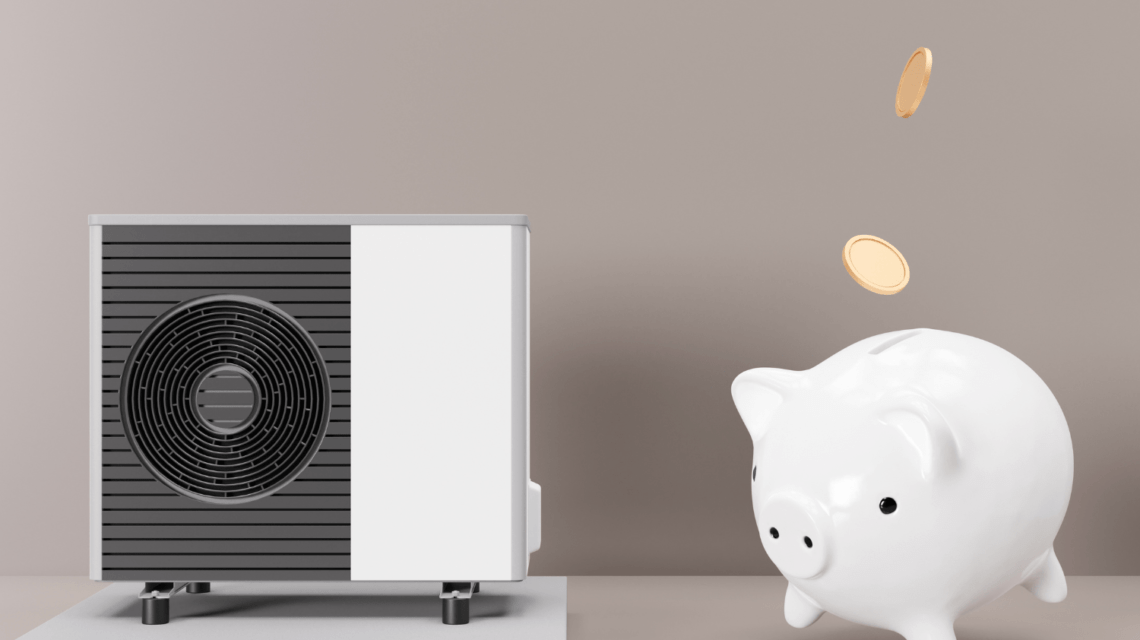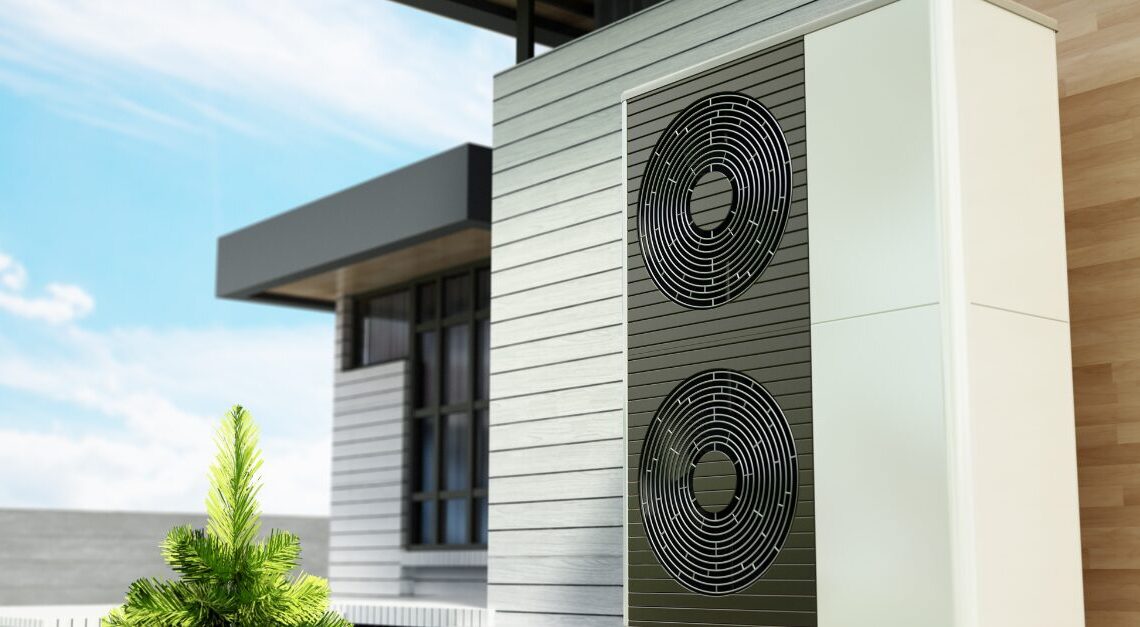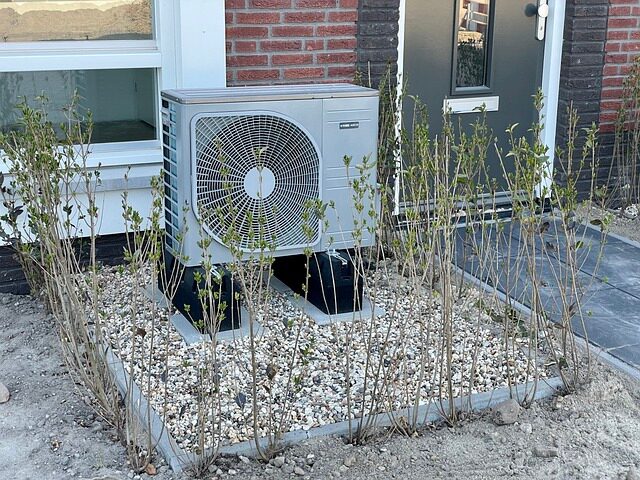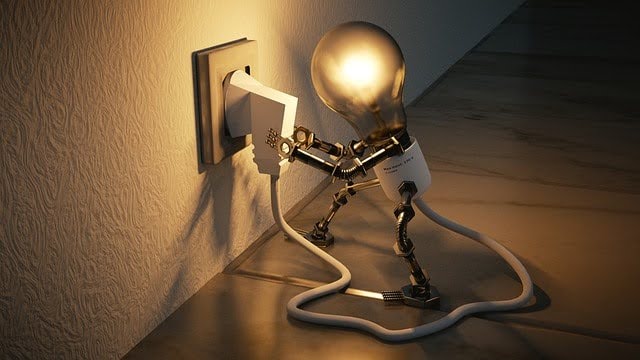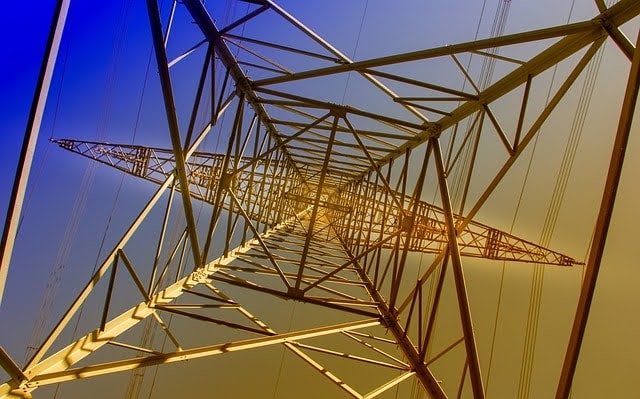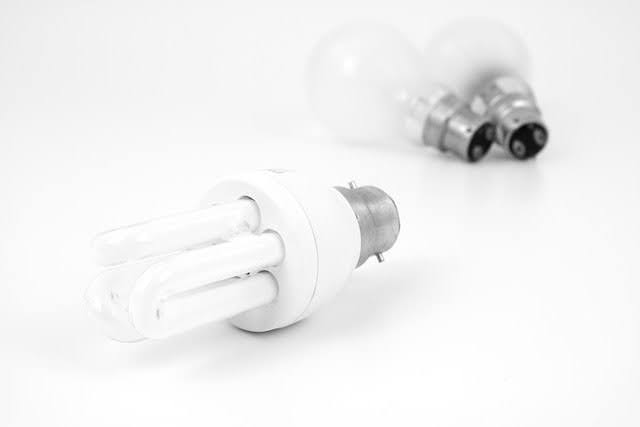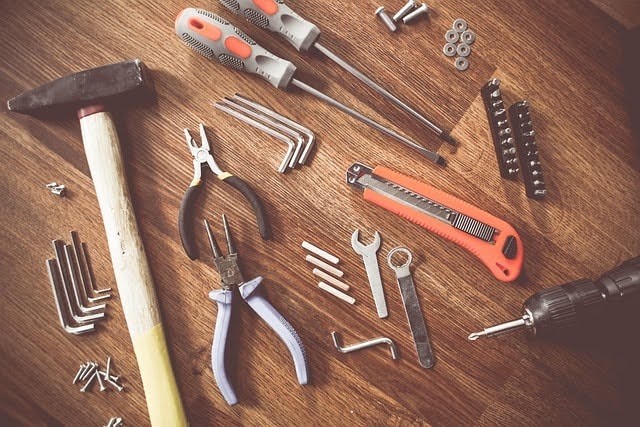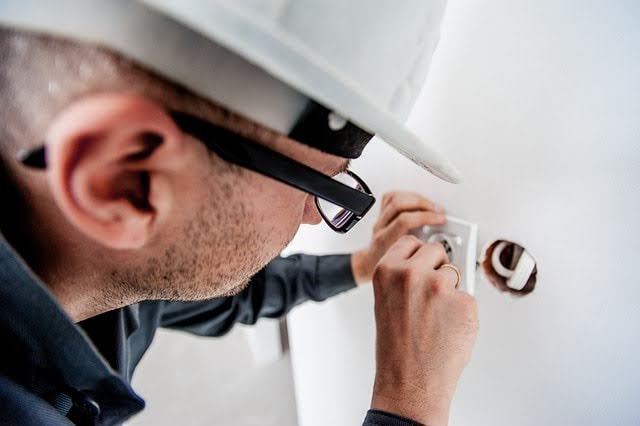Air source heat pumps are an exciting new type of low-carbon heating. They take the latent heat energy from the air outside and convert it into a usable form to supply your home’s heating and hot water. But are they worth the investment in the long-term?
In this comprehensive guide, we will explore the remarkable advantages that air source heat pumps bring to the table.
How Exactly Do Air Source Heat Pumps Work?
Air source heat pumps are highly efficient heating and cooling units that work by transferring heat from the air to your home. Unlike traditional combustion heating systems, ASHPs do not generate heat but actually extract it from the surrounding environment. These systems have an outdoor unit and an indoor unit, connected by a refrigerant line. They work like a refrigerator in reverse, extracting heat from the outside air and distributing it indoors during the winter months. In the summer, the system can be reversed to provide cooling by extracting warm air from the indoors and transferring it outside.
Long-term Benefits:
Unmatched Energy Efficiency
One of the best long-term benefits of air source heat pumps is their exceptional energy efficiency. ASHPs are designed to transfer heat rather than generate it, resulting in significantly reduced energy consumption compared to traditional heating systems.
These pumps can produce up to four units of heat for every unit of electricity consumed, saving you lots of money in the long run. By reducing energy consumption, ASHPs not only contribute to cost savings but importantly, also help to minimise carbon emissions and combat climate change.
Environmental Friendliness
In the face of increasing concerns about climate change and air pollution, air source heat pumps offer a sustainable and environmentally friendly heating solution. ASHPs operate using electricity and do not rely on the combustion of fossil fuels, which eliminates direct emissions of carbon dioxide and other harmful pollutants.
By transitioning to ASHPs, you can significantly reduce your carbon footprint and contribute to a cleaner and healthier environment. This shift towards renewable heating technologies is crucial in mitigating the impacts of climate change and creating a more sustainable future.
Cost Savings in the Long Run
While the initial installation cost of air source heat pumps may be higher than that of traditional heating systems, the long-term cost savings are well worth it. With their excellent efficiency, ASHPs end up consuming less energy, resulting in lower utility bills over time.
Additionally, these systems have a longer lifespan compared to conventional boilers, reducing the need for frequent replacements and costly repairs.
It’s also important to consider the incentives and support that the Government offers, which greatly help in keeping the costs down. These incentives can include grants, rebates, tax credits, and low-interest financing options, making the installation of ASHPs more affordable and financially attractive. Additionally, many regions have implemented energy efficiency programs and initiatives that provide support and guidance for individuals and businesses seeking to embrace renewable heating technologies.
Versatility
Air source heat pumps are incredibly versatile - they provide both heating and cooling solutions for residential and commercial applications. This means that you don’t need to get separate systems for different abilities, which reduces equipment and maintenance costs. This makes them a practical choice for year-round comfort with multiple uses.
Enhanced Comfort and Control
Air source heat pumps offer enhanced comfort and control over indoor temperatures. These systems provide consistent heating and cooling throughout the space, eliminating hot or cold spots commonly experienced with traditional heating systems.
They also offer precise temperature control, allowing users to adjust settings to their desired comfort level. Additionally, ASHPs can be paired with smart thermostats and home automation systems, enabling remote control and energy management for optimal comfort and efficiency.
Noise Reduction and Improved Air Quality
Unlike traditional heating systems that rely on combustion, air source heat pumps operate quietly and produce no on-site emissions. This not only helps to reduce noise pollution but also improves indoor air quality. They do not release any combustion byproducts or particulate matter into the air, promoting a healthier and cleaner living environment. With ASHPs, homeowners can enjoy a peaceful and comfortable indoor space without compromising air quality.
Resilience and Energy Security
With the increasing volatility of fossil fuel prices and potential supply disruptions, transitioning to renewable heating technologies like air source heat pumps enhances energy resilience and security. By reducing reliance on fossil fuels, homeowners and businesses are less vulnerable to price fluctuations and geopolitical factors. ASHPs offer a stable and sustainable heating solution that can help mitigate the impacts of energy crises and ensure a consistent energy supply in the long run.
Conclusion
Air source heat pumps provide numerous long-term benefits, including high energy efficiency, eco-friendliness, significant cost savings, and increased comfort. Even though they may seem unfamiliar, these pumps are a brilliant sustainable heating solution that many should take advantage of. By choosing this great alternative, you are reducing your reliance on fossil fuels, ultimately lowering your carbon footprint and contributing to a cleaner and greener environment.





